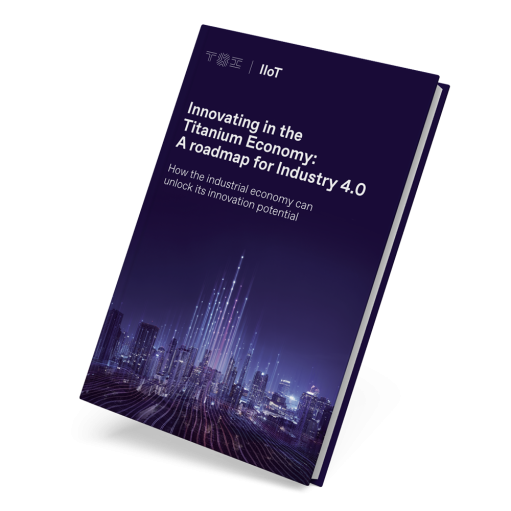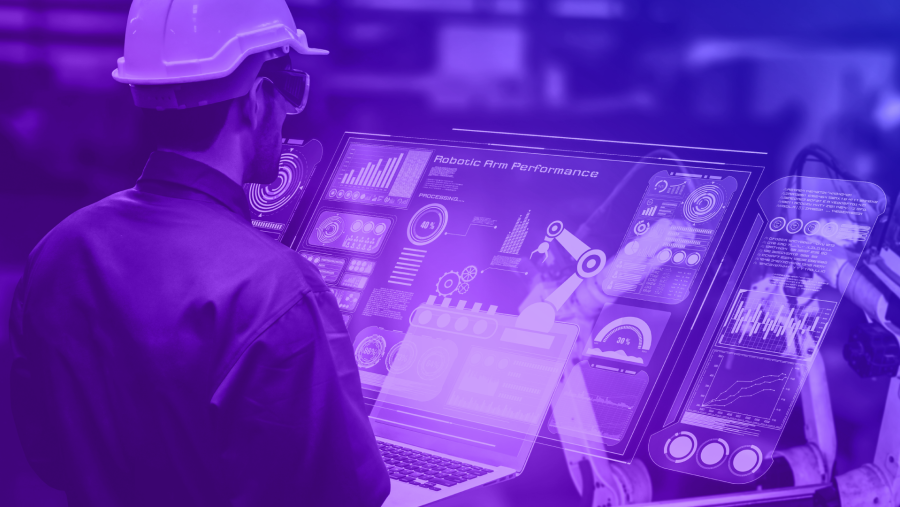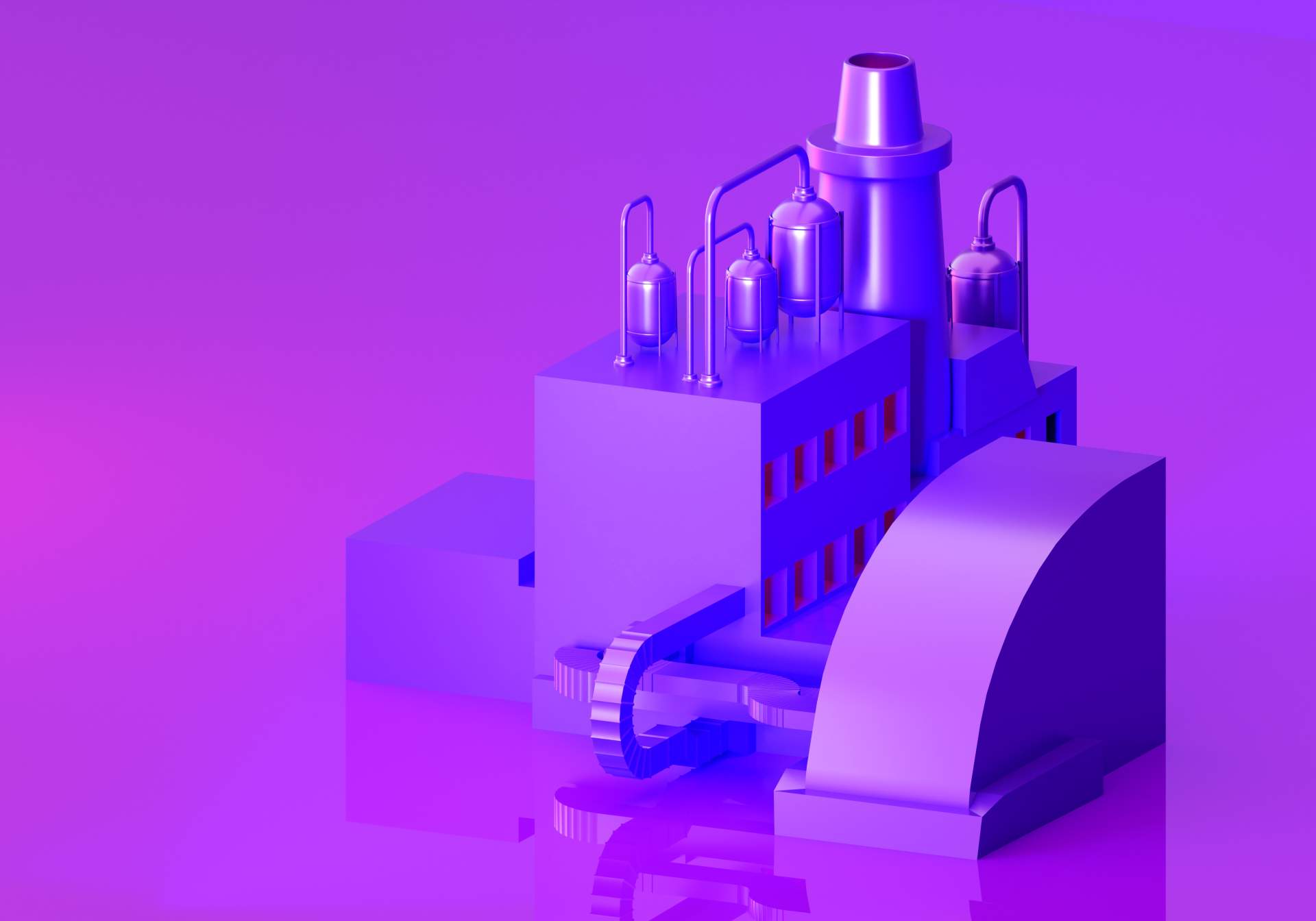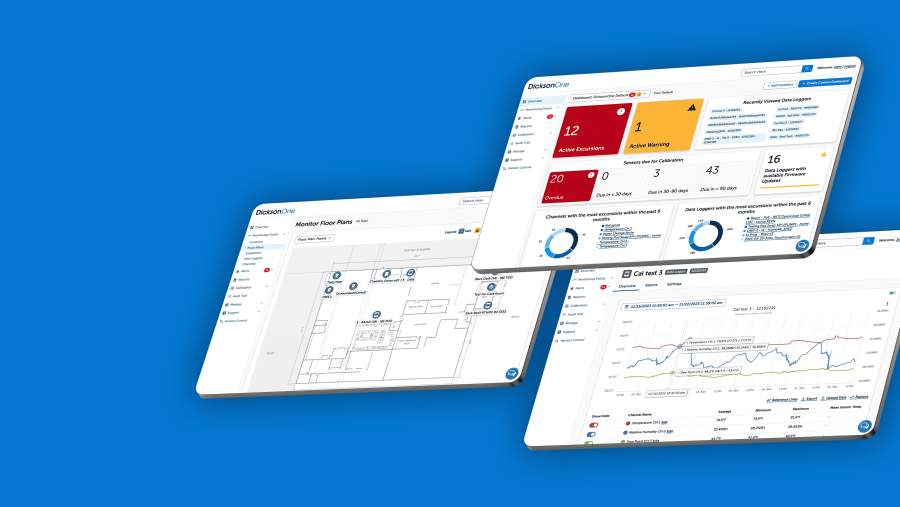A key foundation of any IIoT implementation is determining what data you can collect from a particular environment. The environment can be as expansive and remote as a massive overseas warehouse or as small and local as an HVAC compressor in the next room. Regardless of the environment, wireless sensors are often used to gather data.
Rapid advancements in wireless sensor technology have created entirely new opportunities for companies seeking to modernize their industrial operations and rapidly respond to changes in their business, and the types of data that sensors can capture and relay back to intelligent systems continue to expand rapidly. From the temperature and air quality sensors that drove the early innovation in environmental monitoring, we’re now seeing IIoT implementations that are centered on image and video capture technology.
The optimal pairing of sensors and devices allows for faster, and sometimes automated, responses to changes in conditions. These devices are often referred to as “smart machines.”
In regulated industries, applying the right sensors and devices strategically across the manufacturing process ensures compliance with product safety and materials-handling standards, bringing automation and greater accuracy to the documentation and audit process. In machinery-intensive manufacturing, sensors can relay critical information about performance abnormalities that may signal an opportunity for preventative maintenance to avoid a costly and ill-timed breakdown.

